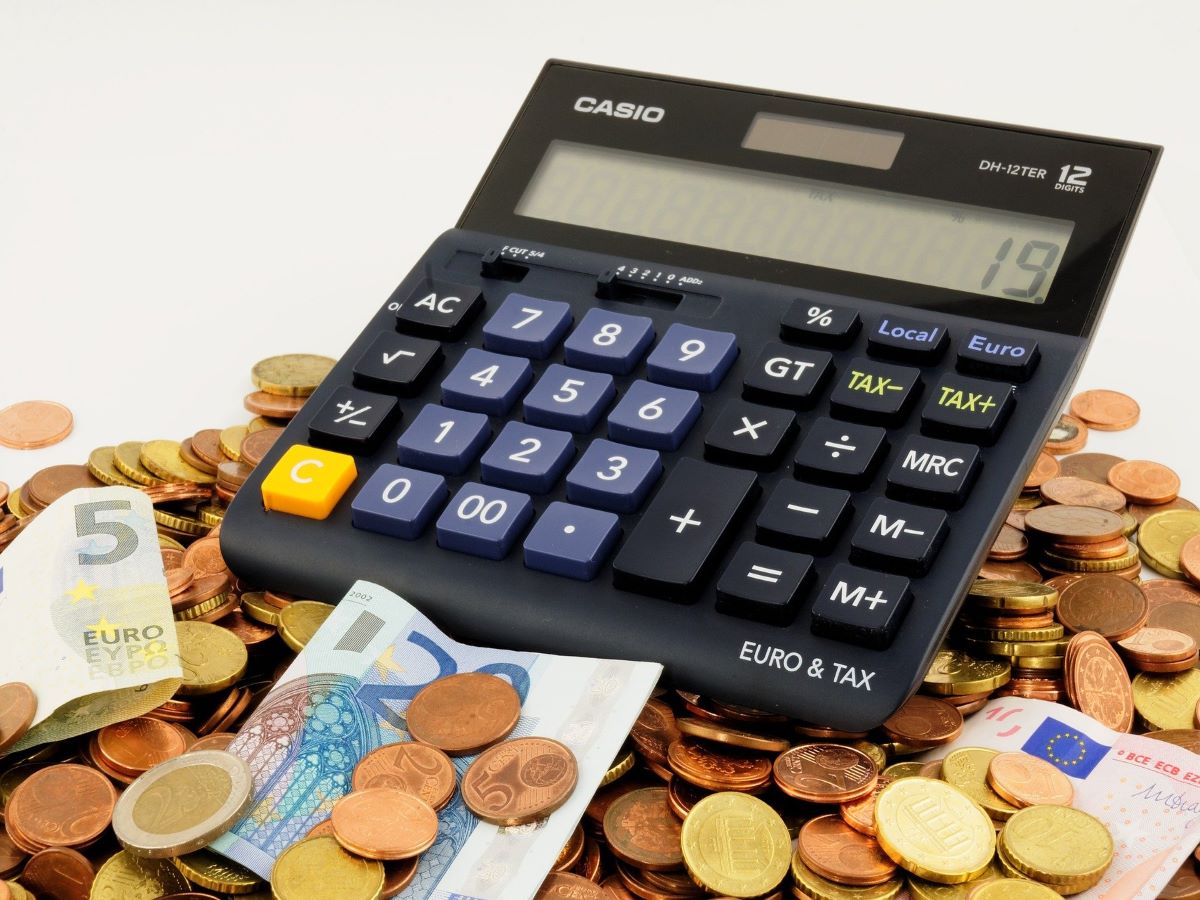After Covid and regulation restricted payouts in 2020, UK dividends could see a welcome fillip in the first quarter.
Dividends could bounce back in the first quarter, after being hit during the first wave of the Covid-19 pandemic last year, according to a study into dividend trends by Janus Henderson.
Emerging from the pandemic under a best-case scenario suggests a dividend increase of 2% on an underlying basis, equivalent to a headline rise of 5%, yielding a decent $1.32trn (£928bn). A worst-case scenario suggests that dividends may fall by 2% on a headline basis for the full year and -3% for an underlying assessment.
The research notes that the effect of the pandemic on dividends has followed the pattern of a conventional recession and its impact at a global level has been less severe than in the aftermath of the global financial crisis of 2007-2008. This is revealed in the underlying 15% year-on-year contraction in global payouts between Q2 and Q4 2020 – milder than the drop that followed the global financial crisis.
It also notes that it is likely companies will pay special dividends this, utilising strong cash positions to make up on some of the decline in payouts in 2020.
A dividend boost could already be on its way, or even said to be here. Some commentators have noted that President Biden’s fiscal stimulus will play into the hands of commodity giants – particularly as iron ore and copper prices have risen to record levels in recent weeks.
In this regard, much focus has been on Rio Tinto’s results (Feb17) revealed the biggest dividend in its 148-year history. The Anglo-Australian miner handed a whopping $9bn (£6.4bn) to shareholders.
This comes on the back of BHP, the world’s largest miner, recommending a record $5.1bn (£3.6bn) dividend and Glencore resuming its payments by returning $1.6bn (£1.1bn) to shareholders after suspending such payments in August last year.
Based on this, the commodity giants are destined to be some of the biggest dividend payers in the UK market, replacing large oil majors and banks as the traditionally large dividend payers, representing something of a notable shift.
Payouts outweighed reductions
This is a strong turnaround after the impact of the Covid-19 pandemic resulted in global dividends falling to $1.26trn (£856bn) in 2020, down 12.2% on a headline basis. But this picture is more nuanced than the numbers initially reveal.
While the cuts and cancellations totalled $220bn (£157bn) between April and December, companies nevertheless gave their shareholders $965bn (£688.1bn) – still far outweighing the reductions.
And while one company in eight cancelled its payout altogether and one in five made a cut, two thirds increased their dividends or held them steady, revealing, given the context of major parts of the global economy being shut, a highly resilient dividend picture.
Dividend cuts were most severe in the UK and Europe, which together accounted for more than half the total reduction in payouts globally. But again, there were underlying reasons for the deep reductions in payouts, especially in relation to the UK.
Banking on dividends
For example, banks accounted for one third of global dividend reductions by value, more than three times as much as oil producers – the next most severely affected sector. But UK banks suffered because of the spectre of regulators forcing them not to pay dividends.
In March 2020, the Bank of England’s Prudential Regulation Authority pressured lenders into suspending dividends, something it lifted in December. This explains why UK banks are ranked so highly in dividend reduction payouts.
The cancellation of HSBC’s $10.3bn (£7.3bn) shareholder payment last year was evidence of this and comfortably the biggest cut in the world. Overall, a third of British companies cancelled their dividends and another 23% cut them.
Janus warns that the banking picture will take time to recover, with UK banking dividends not expected to come close to 2019 levels this year, and this will limit the potential for growth.
Although Barclays has already committed to handing cash back to shareholders with a buy back of £700m of shares. HSBC, Lloyds Banking and Standard Chartered are due to report in late February, so it will be interesting to see what noises they make on the dividend issue.
Survival of the resilient
Those parts of the world that proved resilient in 2020 are set for a repeat performance in 2021, but some sectors are likely to continue to struggle until economies are full re-opened.
For example, companies most sensitive to sharply curtailed consumer spending were most likely to make dividend cuts, with six in 10 consumer discretionary companies cutting or cancelling payouts, but the classic “defensives” – food retail, pharmaceuticals and personal products – were well insulated. Among the world’s larger stock markets, the impact in Spain and France was particularly widespread. Spain’s dividends dropped by a third on an underlying basis over the full year, falling to $14.7bn (£10.4bn), almost three fifths lower than in 2009, after the financial crisis. France’s dividends dropped $25bn (£17.8bn) year-on-year between Q2 and Q4 2020.




